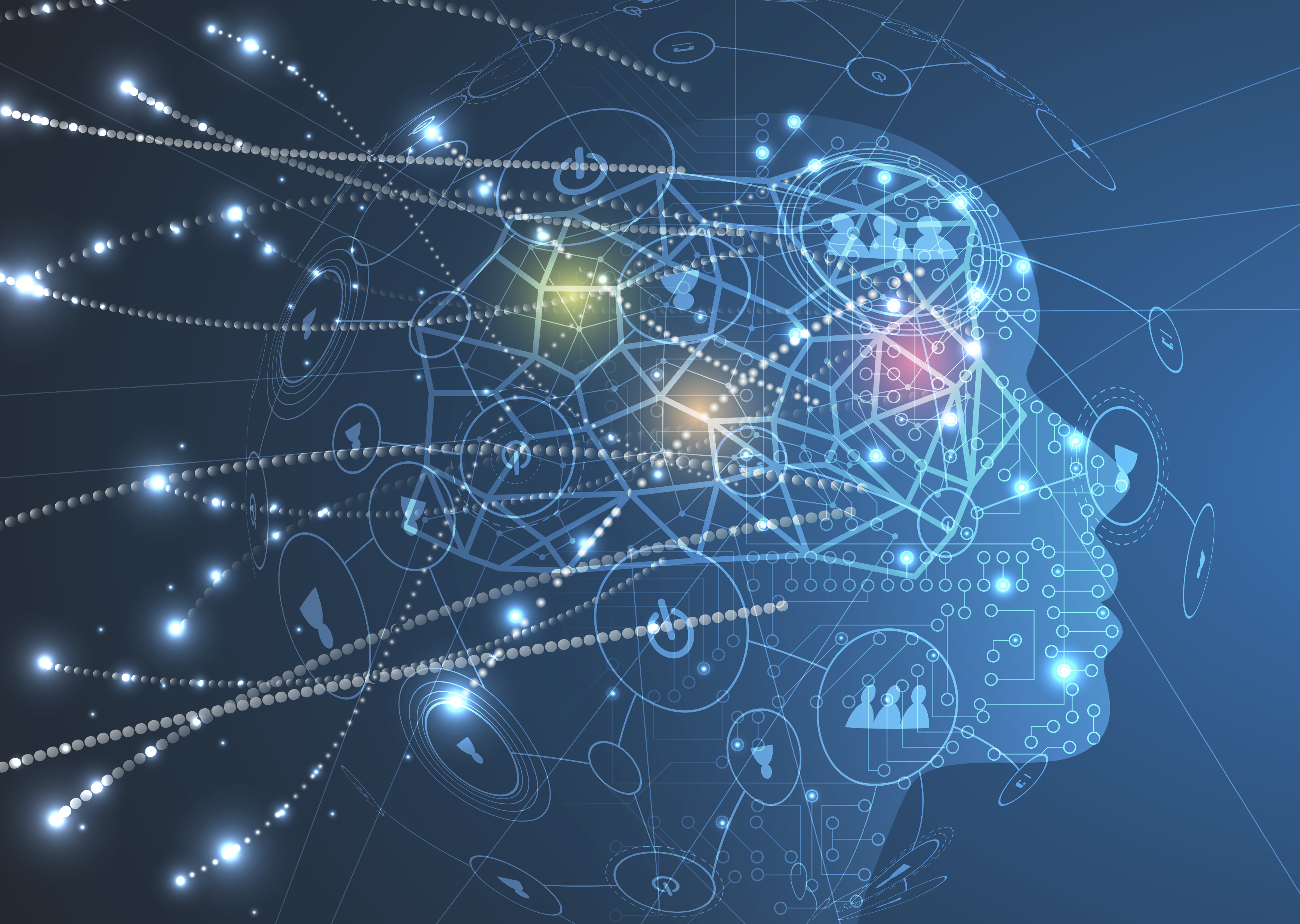
Virginia Reischl knows some teachers may feel uneasy about the rise of ChatGPT and other super-advanced chatbots. That’s understandable.
The technology, which uses massive amounts of data to generate human-like responses to text prompts, is capable of writing an original five-paragraph essay on the Industrial Revolution or a research paper on the history of video games — with references — in mere seconds. And that’s just scratching the digital surface.
Much has already been said and written about the concerns over academic honesty. But Reischl, who serves as a humanities coordinator for the Orange County Department of Education, says there’s an academic upside to the new wave of artificial intelligence-powered text generators. She believes ChatGPT and similar products can be leveraged by schools to enhance teaching and learning — and they could even make life a little easier for educators.
In the fall, Reischl plans to present a workshop series that will dive into the pros and cons of conversational language models and what they mean for the future of education. In the meantime, we sat down with Reischl to get a few human-generated answers to our questions.
For the uninitiated, what is ChatGPT?
ChatGPT is a Large Language Model, or LLM, that’s been trained to learn human language patterns and generate text based on given prompts. LLMs have been around since 2018 and are trained for specific industries and purposes.
GPT stands for generative pre-trained transformer, which means that it “learns” every time we use it. We train it every time we give it a prompt and have a conversation.
The downside is that the quality and accuracy of their responses can vary, and they have been known to produce biased and stereotyped responses because they learn from the biases and stereotypes present in the training data. MIT is currently researching ways to train logic into LLMs to neutralize these biases and stereotypes.
What drove your interest and research into this subject?

As an educator and a classroom teacher for 19 years with a background in teaching English and writing, I’ve always been interested in finding new ways to help students craft their message and communicate effectively. When I first heard about ChatGPT in November 2022, I was fascinated by the idea of an artificial intelligence that could generate human-like responses to text prompts.
As a lifelong learner, I dove into researching ChatGPT and became a huge fan of this tool as a potential collaborator in writing. It’s important to remember to put humanity into technology, and with ChatGPT, we can leverage its capabilities while still adding our own voice and creativity. As an educator and writer, I’m excited to explore the possibilities that this technology can offer.
Given the potential for academic dishonesty, how much anxiety is there out in the educational community right now?
That really depends on the teacher’s level of comfort with technology. Some are very comfortable with it and teach students how to use it, while others are more anxious and concerned about cheating. That’s the highest anxiety, the cheating aspect. The idea that students can turn in essays written with the tool and teachers won’t know if they’ve cheated or not.
What advice do you have for teachers or administrators who are skeptical or even fearful?
I would tell them that they don’t need to be experts and know everything about it. If they feel that it’s just one more thing they have to learn, and they don’t have time to teach their students about it, I would recommend they lean on their colleagues who understand and are excited about it. They could ask them questions and collaborate without feeling completely shut off by the technology. My recommendation is to be open-minded.
How are ChatGPT and similar tools already being used to enhance teaching and learning in the classroom?
Some elementary school teachers have found that ChatGPT can help students with their writing. For instance, if a student is tasked with researching the California Gold Rush, they can simply type into ChatGPT, “Outline a paper on the California Gold Rush.” The tool generates a list of topics and an outline that the student can then use to organize their thoughts and write their paper. This eliminates the fear of not knowing where to start or how to narrow down their topic, which has traditionally caused anxiety for students.
Another example is AP literature teachers using it as a way for students to analyze the author’s craft and grammar, which then influences their own writing. I’ve also heard of teachers using it for language acquisition and to help students with starting points, outlines and summarizing passages.
Many have embraced this technology, but are you sympathetic to the concerns of those who worry about its impact on independent student thought?
Yes, I empathize with those concerns 100 percent. With everything we do, it’s important to maintain our humanity, our own voices, and our own open hearts and minds. We need to make sure that we center our humanity first, regardless of the technology we use, and then expand it through technological means.
How can educators prevent cheating with these kinds of emerging technologies?
So, in terms of ensuring that technology like ChatGPT isn’t used for cheating, it’s important for educators to focus on addressing the root cause of cheating rather than just trying to shut down the technology. We need to look at why students feel the need to cheat in the first place and find ways to address those issues.
In terms of assessment, teachers have always used a variety of methods to demonstrate learning, such as presentations, plays, poems, projects and project-based learning. The essay is just one piece of that puzzle. As we move further into the 21st century, educators are increasingly focusing on developing skills like collaboration and varied communication methods, rather than relying solely on the traditional five-paragraph essay. So, it’s really about creating a diverse range of assessments that align with the skills and values we want to instill in our students.
Why do you feel it’s important for teachers to teach their students about A.I. language models?
It’s crucial for educators to be transparent about the technologies available to students and to show them how to use them ethically and responsibly. Students need to know that educators are aware of ChatGPT and other technologies — and can help them navigate their use. It’s also important to teach students about the biases and flaws of the technology so that they can be part of the solution to fixing them.
What are your plans for presenting lessons on ChatGPT to educators?
I have a three-part series planned to introduce educators to ChatGPT, its history, and its use in the humanities and STEAM subjects. We’ll also be discussing how to support students with disabilities and language learners using this technology. In addition, we’ll be having a book study and an AI conference in the future to keep the conversation going.
